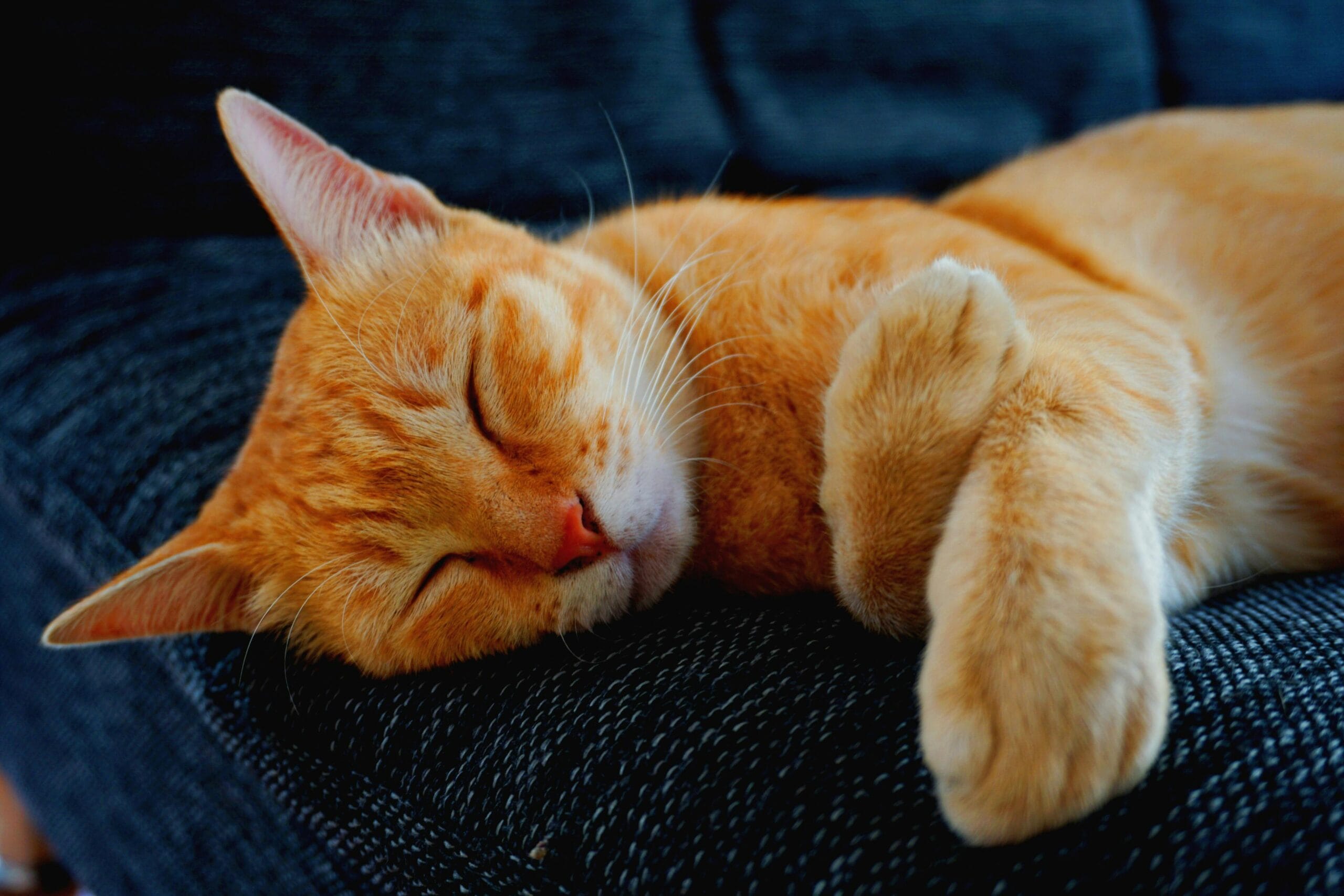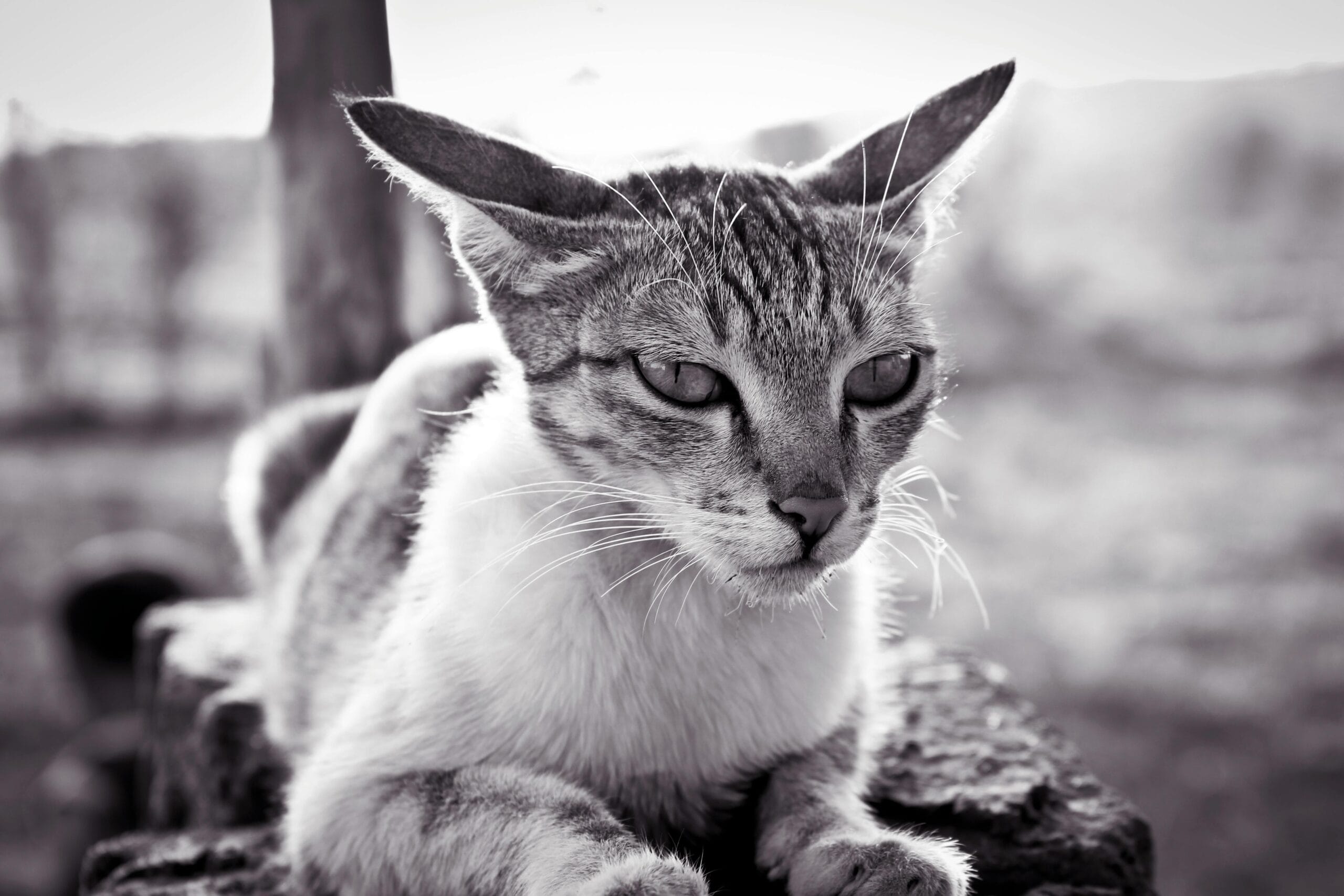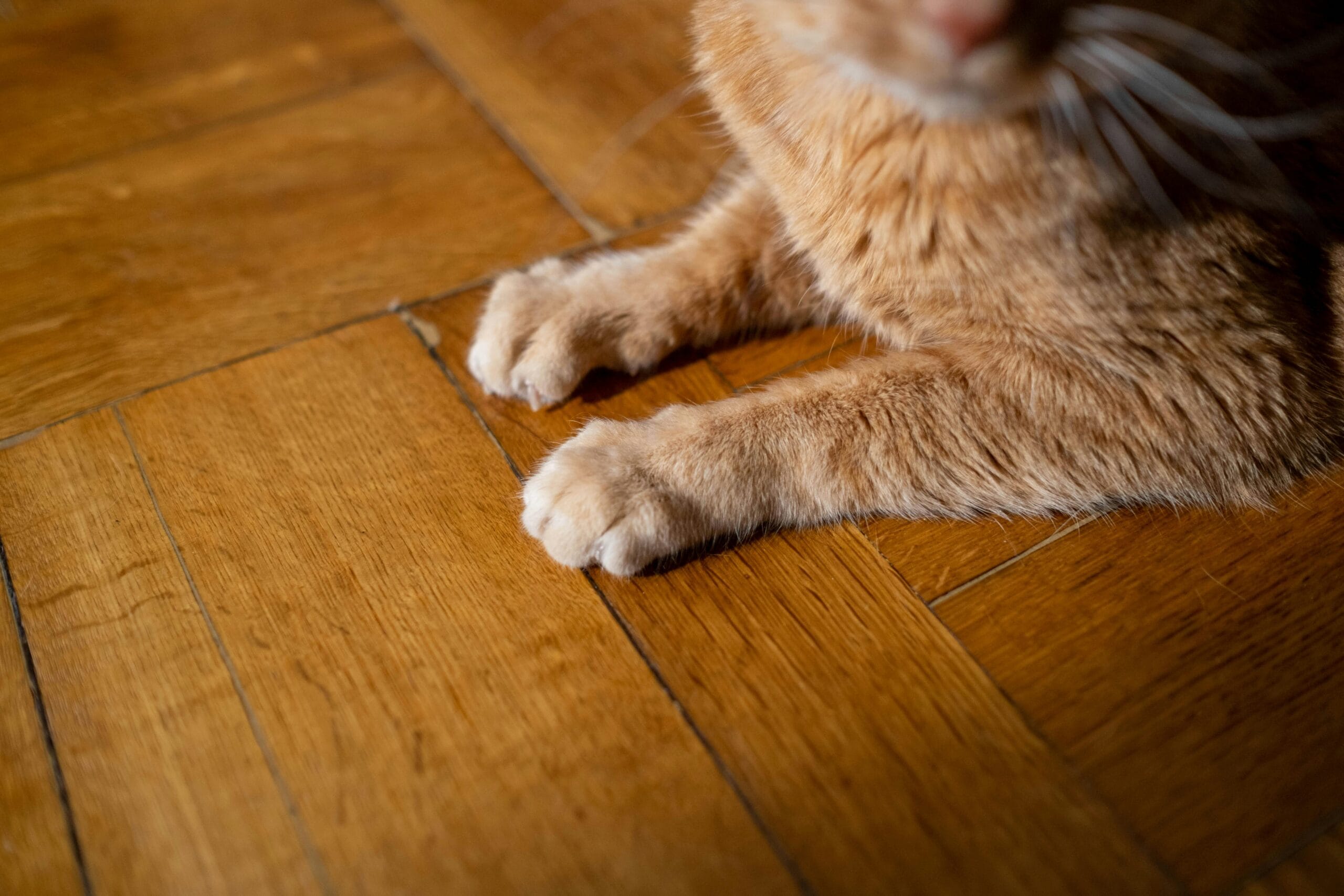Can Cats Be Gay ?

Can Cats Be Gay? Explore the fascinating world of cat homosexuality. Discover surprising facts about Gay Cats and their behavior. Learn more about Cat Homosexuality now!
Can Cats Be Gay? Understanding Cat Homosexuality
The question, “Can cats be gay?” is surprisingly common among cat lovers. While the concept of “gay” in the human sense doesn’t directly translate to animal behavior, understanding feline sexuality and the diverse ways cats express it is crucial for responsible pet ownership and dispelling common myths. This comprehensive guide will explore cat homosexuality, looking at various sexual behaviors in cats and clarifying what it means when we talk about gay cats.
Understanding Feline Sexuality: More Than Just Reproduction
Unlike humans, cats aren’t driven by the same complex social and emotional factors that define sexual orientation. Their reproductive behavior is primarily instinctual, dictated by hormones and the biological imperative to procreate. However, this doesn’t mean their sexual interactions are simplistic. Cats exhibit a wide range of behaviors, some of which might be interpreted as homosexual by human observers, but are often better understood within the context of feline social dynamics.
Female cats, for example, are induced ovulators – meaning they release eggs only after mating. This can lead to multiple mating attempts with different tomcats, even within a short period, making it difficult to definitively say if their sexual preference aligns with a human concept of heterosexuality or not. Similarly, male cats’ behaviors are complex. While male cats are largely driven to mate, their interactions aren’t always solely about reproduction.
Mountings and Other Behaviors: Interpreting Cat Interactions
One of the most common behaviors that leads to the question, “Can cats be gay?” is mounting. Cats, both male and female, will mount other cats, regardless of sex. This behavior isn’t always sexual; it often serves to establish dominance, assert social hierarchy, or simply as a playful interaction. A cat mounting another cat doesn’t automatically translate to homosexual behavior in the human definition.
Other behaviors, such as affection, grooming, and even cuddling, can be misinterpreted as indicators of sexual preference. Cats frequently engage in these acts regardless of gender, often as expressions of bonding, comfort, and social interaction. Differentiating these from sexual behaviors requires careful observation and understanding of feline body language.
Defining “Gay” in the Context of Cats
The term “gay” as applied to humans is intrinsically linked to complex emotional, social, and psychological factors shaping romantic and sexual relationships. Cats don’t experience these relationships in the same way. They lack the same social and cultural constructs that inform human sexual orientation. Thus, applying the term “gay cats” requires caution.
While some cats may demonstrate a consistent preference for interacting sexually with cats of the same sex, it’s crucial to avoid anthropomorphizing their behavior. Their motivations are likely different from those driving human sexual orientation. It’s more accurate to describe these behaviors as same-sex sexual behavior rather than labeling the cats themselves as “gay.”
Scientific Perspectives on Same-Sex Sexual Behavior in Animals
Scientific research on same-sex sexual behavior in animals is increasingly common, helping us to move beyond simplistic interpretations. Studies have observed same-sex sexual behavior in numerous animal species, including cats. However, the underlying reasons are still being actively researched. Some theories suggest that hormonal fluctuations, social dynamics, or even individual preferences might play a role. More research is needed to fully understand the complexities involved.
A study published in the journal Nature explored the genetic basis of same-sex sexual behavior in various animals. Although directly focused on a different species, it emphasizes the complexity of the factors involved and the limited understanding we currently have of this complex area of behavior.
Responsible Pet Ownership and Understanding Cat Behavior
Regardless of how we interpret their sexual behaviors, responsible pet ownership requires respecting and understanding our cats’ individual needs and personalities. If you notice your cat engaging in same-sex sexual behavior, there’s no need for concern unless it’s causing distress or conflict within the household. Focus on providing a safe and enriching environment, ensuring access to adequate resources and socialization, and observing your cat’s behavior in a holistic context.
Understanding the nuances of Cat Homosexuality is crucial for pet owners. It’s important to avoid imposing human values and interpretations onto feline behavior, and instead appreciate the rich complexity of their interactions. Many resources dedicated to feline behavior provide detailed insights to deepen your understanding. Consult with a veterinarian or a certified cat behaviorist if you have concerns or need help interpreting your cat’s specific behaviors. Remember, the relationship you have with your cat is unique, and appreciating it in its entirety enhances the bond you share.
Debunking Myths about Gay Cats
Several myths surround the idea of gay cats. One common misconception is that same-sex sexual behavior indicates a problem or illness. This is false. Such behaviors are natural occurrences that require no intervention unless they cause distress or aggression. Another myth is that it affects the health or well-being of the cats involved. In most cases, same-sex sexual interactions are harmless and don’t compromise the health of the cats.
Understanding the biological basis of feline behavior can help dispel misconceptions. Just as in other animals, hormones and instincts play significant roles in shaping their actions. What might seem unusual to a human observer is often normal and natural within the context of cat social behavior. The key is to observe your cats objectively and consult with experts when needed.
The Role of Hormones and Social Dynamics
The influence of hormones on feline behavior is substantial. Fluctuations in hormone levels can impact the frequency and type of interactions cats engage in, affecting mating and other social behaviors. This is especially relevant when considering same-sex interactions, as hormone imbalances can sometimes lead to changes in sexual behaviors.
Social dynamics also play a crucial role. The hierarchy within a multi-cat household, the personalities of individual cats, and the availability of potential mates all influence how cats interact with each other, including sexual behaviors. A cat might engage in same-sex interactions because of the specific social context, rather than an inherent “preference” in the human sense of the term.
The website of the ASPCA provides a wealth of information about feline behavior and can be a helpful resource for understanding your cat’s actions and needs. Understanding the context and intricacies of these behaviors is critical to providing the best possible care for your pet.
Conclusion: Acceptance and Understanding
In conclusion, the question, “Can cats be gay?” is complex. While it’s not entirely accurate to label cats as “gay” using human definitions of sexual orientation, same-sex sexual behavior in cats is a naturally occurring phenomenon. The motivations behind such behaviors are diverse and likely involve a combination of hormones, social dynamics, and individual personalities. Understanding this complexity is key to responsible pet ownership and ensuring our feline companions live happy and healthy lives. Avoid anthropomorphizing your cat’s behavior and focus on providing a loving, stimulating, and safe environment.
Share Your Experiences!
Have you observed same-sex interactions in your cats? Share your experiences and insights in the comments below! Let’s discuss cat homosexuality and build a more comprehensive understanding of our feline friends’ fascinating behaviors. Tell us about your observations and any questions you might have regarding your cat’s behavior. We’re eager to hear your stories and learn more about gay cats and their unique personalities!

Frequently Asked Questions: Can Cats Be Gay?
Here are 10 frequently asked questions about cat sexuality, addressing the common query “Can Cats Be Gay?”:
1. Q: Can cats be gay?
A: Yes, cats, like many other animals, can exhibit homosexual behavior. While they don’t experience sexuality in the same way humans do, Cat homosexuality, or same-sex sexual behavior, has been observed in both male and female cats. It’s important to remember that animal sexuality is complex and doesn’t always fit neatly into human categories.
2. Q: What does “gay cat” mean?
A: The term “gay cat” is a colloquialism referring to a cat that displays same-sex sexual behavior. It’s crucial to remember that applying human sexual orientations directly to animals can be misleading, as their motivations and experiences differ. It’s more accurate to describe observed behavior than to assign a human sexual identity.
3. Q: How common is Cat Homosexuality?
A: The exact prevalence of Cat Homosexuality is difficult to determine definitively. Many instances may go unnoticed or unreported. However, same-sex mounting and other sexual behaviors have been observed in cats, indicating it’s not uncommon, though likely less frequent than heterosexual behavior.
4. Q: Why do some cats exhibit same-sex sexual behavior?
A: The reasons behind Can Cats Be Gay? are not fully understood. Factors may include hormonal imbalances, social dynamics within a cat colony, learned behaviors, or simply individual variations in sexual preference. Further research is needed to fully explain this phenomenon.
5. Q: Is it normal for cats to be gay?
A: While less common than heterosexual behavior, same-sex sexual behavior is a natural variation within the feline species. It’s considered a normal part of the spectrum of feline sexual expression. There’s no reason for concern unless other behavioral issues are present.
6. Q: Can a gay cat still reproduce?
A: Yes, a cat that displays same-sex sexual behavior can still be capable of reproduction with a cat of the opposite sex. Sexual orientation and fertility are separate aspects of an animal’s biology.
7. Q: Should I be concerned if my cat exhibits same-sex sexual behavior?
A: Generally, no. Unless accompanied by other concerning behaviors (aggression, excessive mounting, health issues), same-sex sexual behavior in cats is not usually a cause for alarm. Consult a veterinarian if you have other concerns about your cat’s health or behavior.
8. Q: How can I tell if my cat is gay?
A: Observing repeated same-sex mounting or other sexual interactions might suggest same-sex behavior. However, it’s difficult, and potentially anthropomorphic, to definitively label a cat as “gay” based solely on this. Focus on your cat’s overall health and well-being.
9. Q: Do gay cats have different personalities?
A: There’s no scientific evidence suggesting a link between sexual behavior and personality in cats. Like humans, cats exhibit a wide range of personalities regardless of their sexual behavior.
10. Q: Where can I learn more about Cat Homosexuality?
A: You can find more information by searching scientific databases for studies on feline sexual behavior. Consult with your veterinarian if you have specific concerns about your cat’s behavior. Remember, using respectful and accurate language when discussing animal sexuality is important.

Can Cats Be Gay? Understanding Feline Sexuality
The question of whether cats can be gay is best understood by examining feline sexual behavior and its variations. While cats don’t experience sexuality in the same way humans do, their sexual behavior isn’t always strictly heterosexual.
Practical Tips and Health Considerations Regarding Feline Sexuality:
Understanding Feline Sexual Behavior:
- Variations are normal: Just like in any species, individual cats may exhibit different mating preferences. Some may show less interest in mating altogether. This doesn’t indicate a health problem.
- Focus on overall health: Instead of labeling a cat’s sexual behavior, focus on its overall health and well-being. A healthy cat will exhibit normal behaviors appropriate for its age and breed.
- Spaying/Neutering: Spaying or neutering your cat is crucial for population control and reducing unwanted behaviors associated with hormones, regardless of sexual preference.
- Consult a veterinarian: If you have concerns about your cat’s behavior or health, consult a veterinarian. They can rule out underlying medical conditions that may affect sexual behavior.
Addressing Misconceptions:
- Human sexual concepts don’t directly apply: Applying human labels and societal constructs of sexuality to cats is anthropomorphism and doesn’t reflect their actual behavior.
- Sexual behavior is complex: Feline sexual behavior is influenced by hormones, individual temperament, and environmental factors. It’s not always straightforward or easily categorized.
SEO Keywords: cat sexuality, feline behavior, gay cat, cat mating, spaying, neutering, cat health, veterinary care, animal behavior, feline reproduction